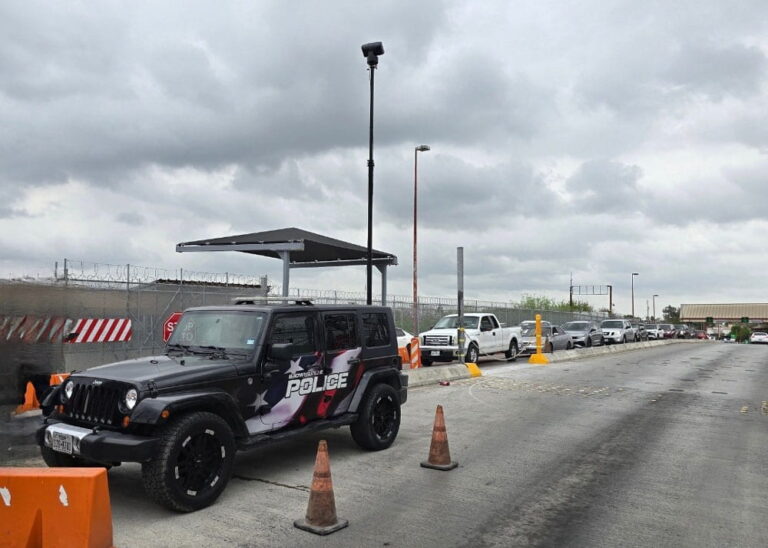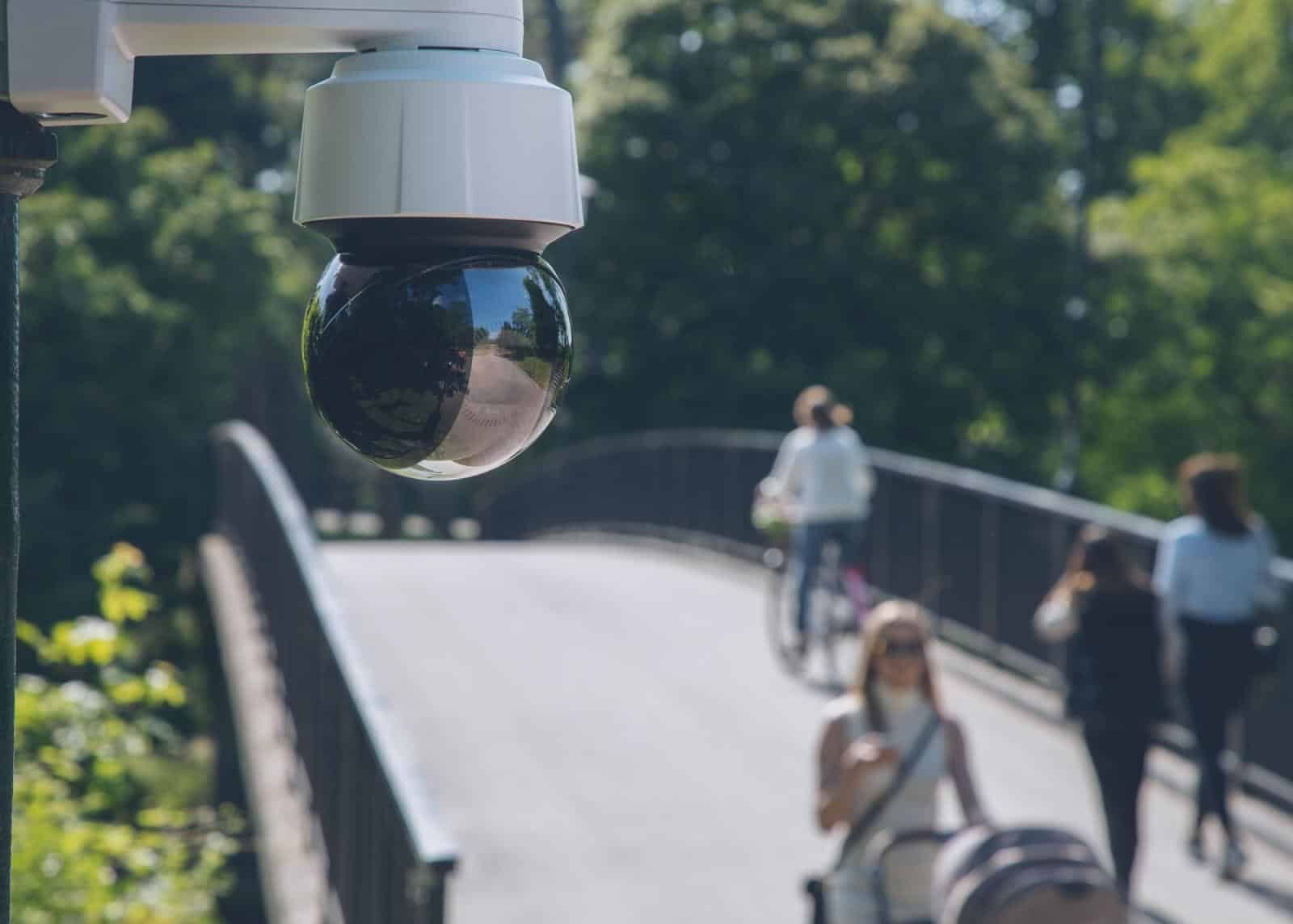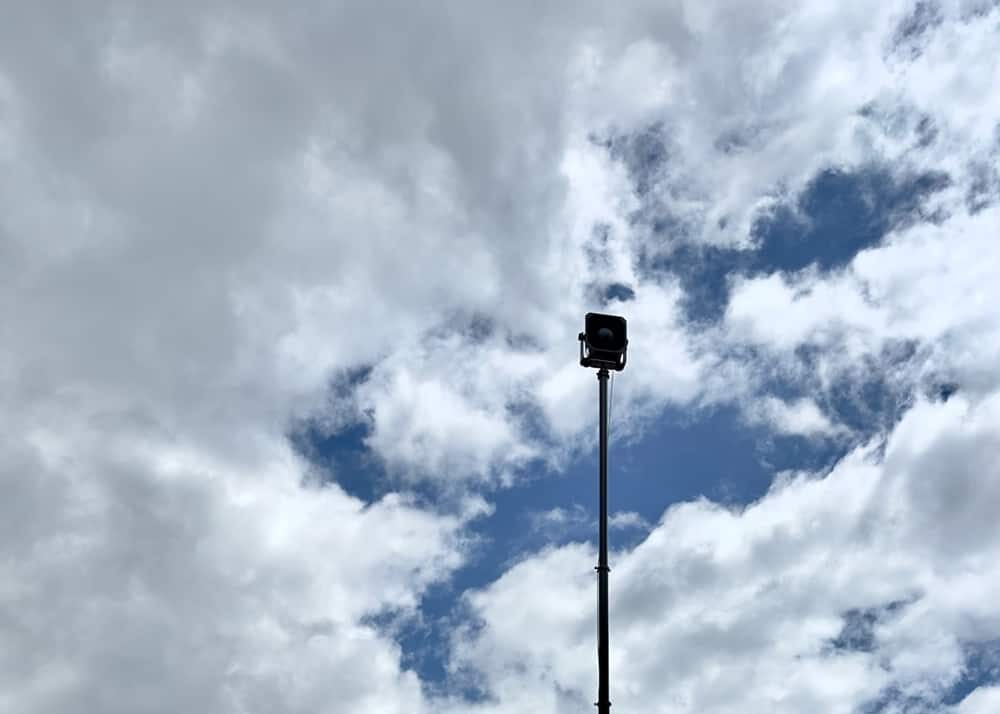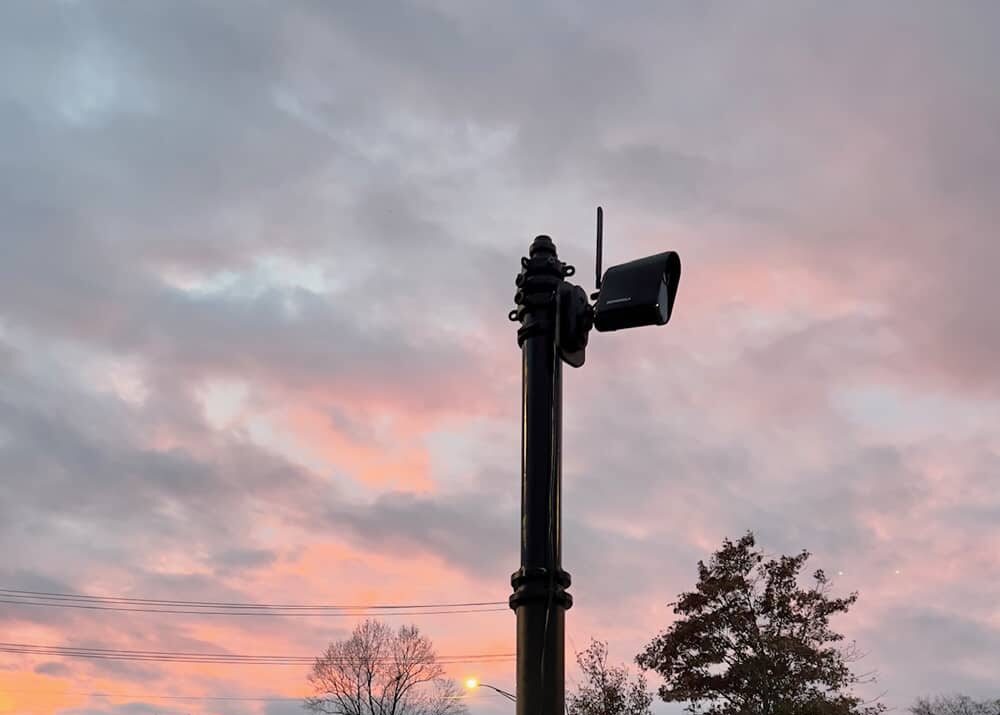How To Enhance Border Security
Border security plays a critical role in protecting a nation’s safety, economy, and sovereignty. With growing concerns around illegal activities, drug trafficking, and national threats, it’s important to understand how the right mix of infrastructure, personnel, and technology can enhance border protection.
Why Border Security Matters
Securing borders isn’t just about fences—it’s about protecting what lies beyond them. Strong border security provides several benefits:
- Prevent illegal immigration
- Stop drug and human trafficking
- Protect critical infrastructure from external threats
- Support safe and legal trade and travel
According to U.S. Customs and Border Protection, officers seized over 100,000 pounds of illegal drugs at the southwest border in a single fiscal year. This highlights the urgent need for continued investment and innovation in our border defense systems.
Why Should We Have More Infrastructure Along the Southern Border?
The southern border spans thousands of miles, much of it rugged and difficult to patrol consistently. Without proper infrastructure, it becomes harder for border personnel to detect threats and respond in time. The southern border faces daily challenges. These include:
- High rates of illegal crossings
- Smuggling of drugs, weapons, and other contraband
- National security threats due to limited surveillance in remote areas
Benefits of Expanding Surveillance on the Southern Border
Building more infrastructure, including surveillance systems and mobile monitoring units, plays a critical role in strengthening border security. These tools extend the reach of patrol teams and fill the gaps where physical barriers or personnel coverage may fall short. They also act as force multipliers, giving officers better tools to track and deter illegal activity in real time.
They help:
- Cover blind spots along the border
- Improve response times for patrol units
- Deter illegal activities through visible monitoring
- Provide real-time video feeds to command centers
Adding this kind of support allows agents to focus on mission-critical tasks without being stretched thin. With better tools and infrastructure, patrol teams can operate more efficiently and make quicker, safer decisions in the field.
Components of Border Security
A strong border system combines several tools and strategies, including:
1. Physical Barriers and Infrastructure
Strong physical infrastructure is the foundation of effective border security. In many areas, rugged terrain and long distances between patrol units make it difficult to maintain consistent oversight without structural support. Physical barriers don’t just block unauthorized entry—they help shape the flow of traffic, slow down illegal crossings, and buy time for officers to respond.
Key infrastructure elements include:
- Fences and walls, which serve as the first line of defense by physically deterring illegal entry and guiding individuals toward monitored zones
- Checkpoints, which allow for the inspection of vehicles and people while supporting the smooth flow of legal trade and travel
- Improved roads and lighting, which help patrol agents move quickly and operate more safely—especially during nighttime operations or in remote areas
These physical improvements make it harder for intruders to cross unnoticed and give officers better control over access points. When combined with surveillance tools and trained personnel, infrastructure strengthens coordination, improves coverage, and boosts the overall effectiveness of border operations.
2. Surveillance and Monitoring Technologies
Technology provides real-time insight into what’s happening across vast and often hard-to-reach sections of the border. Unlike static checkpoints, modern surveillance tools can be repositioned, scaled, and integrated into broader security systems. This allows agencies to detect threats faster, track movement more precisely, and respond to incidents with greater accuracy.
Key tools include:
- IP cameras for high-resolution monitoring and video analytics such as facial recognition and license plate tracking, helping officers identify and document suspicious activity
- Mobile surveillance towers for flexible, elevated views in areas where permanent infrastructure doesn’t exist
- Light towers to boost nighttime visibility, improve officer safety, and support 24/7 monitoring
These tools help reduce response times and improve situational awareness—critical for both daytime and nighttime operations. By combining real-time video feeds with mobile and fixed surveillance assets, agencies can cover more ground with fewer personnel, improving both efficiency and safety.
3. Personnel and Tactical Equipment
Border agents are the boots on the ground—and often the first line of defense against illegal activity. Their ability to operate safely and effectively depends on both their training and the quality of the tools they carry. In high-risk environments, even small delays or equipment failures can have serious consequences.
Key components include:
- Ongoing tactical and safety training to prepare for evolving threats and unpredictable conditions
- Night vision, radios, and protective gear that support visibility, communication, and personal safety during day and night operations
- Reliable communication tools for coordination in the field, ensuring teams can stay connected across remote areas
Investing in highly trained, well-equipped personnel ensures faster response times, greater situational awareness, and stronger enforcement across the border. Agents who have access to the right tools are more likely to de-escalate threats, gather intelligence, and make informed decisions under pressure.
4. Cybersecurity and Data Protection
Digital tools play a growing role in modern border operations. From surveillance networks to communication systems, strong cybersecurity ensures these systems work safely and without interruption. The U.S. Customs and Border Protection (CBP) Cybersecurity Strategy outlines how the agency safeguards sensitive systems from daily cyber threats using proactive, risk-based practices.
Key elements of digital protection include:
- Secure data storage and management for sensitive border operations, which is critical to maintaining the integrity of internal systems and preventing unauthorized access
- Biometric scanning systems to verify identities and track entries—technology that CBP has already deployed at ports of entry to speed up verification and enhance security
- Encrypted communications between patrol units and command centers, which help protect mission-critical information from cyber threats, as emphasized in CBP’s cybersecurity strategy
With a growing number of surveillance networks and mobile systems deployed along the border, protecting digital infrastructure is just as important as securing physical ground.
Policy and Infrastructure: A Balanced Approach to Border Security
Securing the border isn’t just a matter of building walls. A successful approach also includes:
- Following legal and humanitarian standards
- Working with local and tribal communities
- Collaborating with neighboring countries
Smart policy ensures security measures don’t come at the expense of human rights or legal immigration systems. Funding for new technology and stronger infrastructure is a key part of this balanced strategy.
Next Steps to Help the Border
Improving border security requires both short-term actions and long-term planning. Here are some next steps:
- Expand surveillance networks: Add more mobile surveillance towers and cameras to remote areas.
- Invest in infrastructure: Build more roads, lighting systems, and physical barriers.
- Upgrade digital systems: Strengthen cybersecurity and data sharing between agencies.
- Support personnel: Provide advanced training and reliable equipment.
- Encourage cooperation: Promote partnerships between government agencies, local communities, and private firms.
With better planning and investment, we can build a safer and more efficient border security system.
Final Thoughts
Border security is about more than just walls. It’s a complete system made up of people, policies, and technology. By improving each piece of the puzzle, we not only protect national sovereignty but also ensure safety for communities on both sides of the border.
As technology advances, so must our strategies. From surveillance tools like IP cameras, mobile surveillance towers, and light towers, we have the means to cover more ground with greater accuracy than ever before.
When combined with smart policy and dedicated personnel, these tools are the key to a more secure future.







